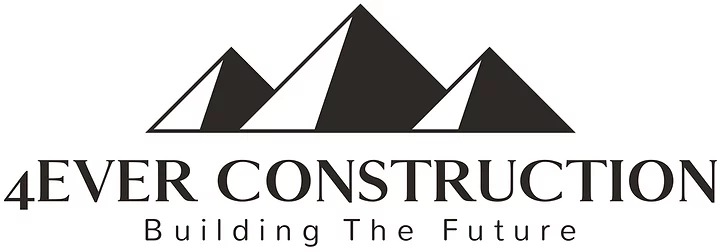The Role of Engineers in Constructing Concrete Structures in Brooklyn
The knowledge and creativity of the engineers for creating and building concrete structures in Brooklyn is demonstrated by the city’s skyline. Engineers are essential to making sure that constructions, whether they be residential or commercial, are sustainable, long-lasting, and safe. This is a detailed examination of the roles and contributions engineers play in the construction of Brooklyn’s concrete structures.
1. Design and Planning
The success of any construction project needs careful planning and design. Thus, to create structural plans that satisfy both functional and aesthetic needs, engineers work in tandem with architects. Moreover; to inform their designs, they carry out feasibility studies, soil testing, and site inspections. During this stage, comprehensive drawings are created, suitable materials are chosen, and local building codes and standards are followed.
2. Structural Analysis
It’s critical to guarantee the stability and security of concrete constructions. Thus, to assess the loads and pressures the building will experience, engineers do thorough structural study. They simulate different situations, like wind, earthquakes, and weight loads, using modern software and modeling approaches. This analysis aids in the creation of a sturdy framework resistant to usage and environmental challenges.
3. Material Selection for Building Concrete Structures in Brooklyn
The durability and functionality of concrete structures are greatly influenced by the materials used. Therefore; engineers choose premium concrete mixtures and reinforcing components to guarantee strength and endurance. Additionally, when selecting materials, they take climate, load-bearing needs, and environmental impact into account. Recycled aggregates and low-carbon concrete are two examples of sustainable solutions that are frequently used to lessen environmental impact.
4. Construction Management
Timely and cost-effective project completion is guaranteed by proficient construction management. In this regard, Engineers manage the building process, working in tandem with suppliers, contractors, and other relevant parties. They guarantee that the building complies with the quality requirements and design criteria. In order to preserve the project’s integrity, engineers also handle any technical issues that come up during construction.
5. Quality Control and Testing
Regular quality control checks are essential to maintain the highest standards of construction. Thus, Engineers implement strict quality control measures. It also includes on-site inspections and material testing. They monitor the curing process of concrete to ensure it achieves the desired strength. Moreover; they use non-destructive testing methods, such as ultrasonic testing and ground-penetrating radar to detect any potential flaws within the concrete structures.
6. Maintenance and Inspection
Consistent upkeep and examinations are essential to the durability of concrete buildings. For this purpose, engineers create maintenance schedules that include regular inspections and prompt fixes. Additionally, they take corrective action after seeing possible problems like cracks, spalling, or water intrusion.
Final Thoughts
In Brooklyn, engineers play an important role in building the concrete structures. With their knowledge of design, structural analysis, material selection, construction management, and sustainability, buildings are guaranteed to be both long-lasting and ecologically friendly.



